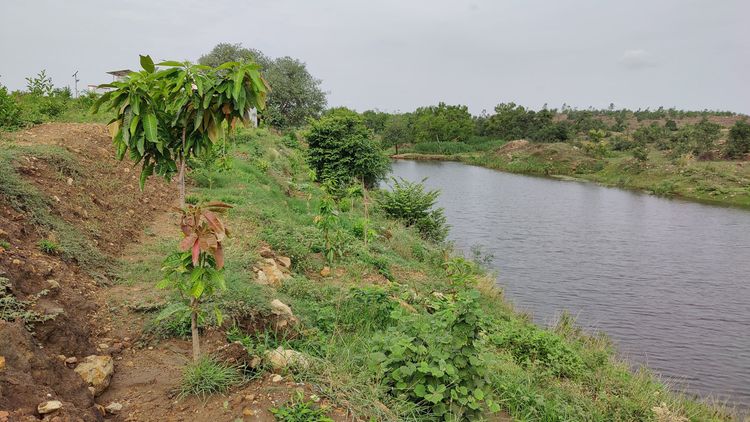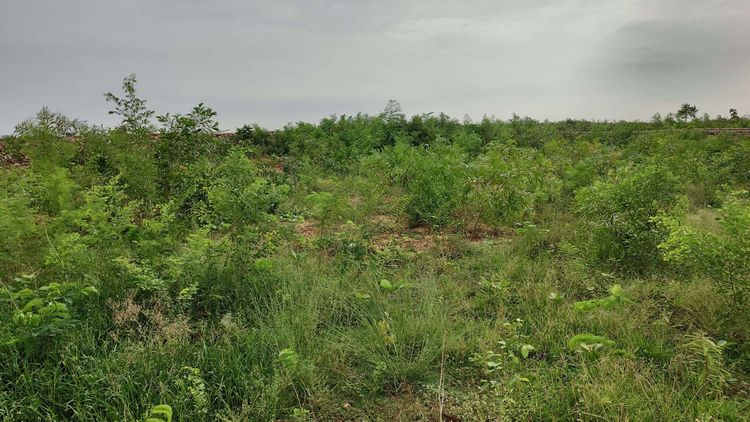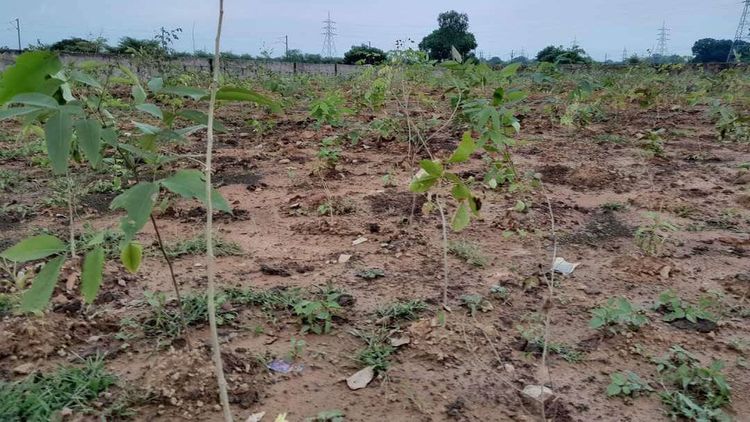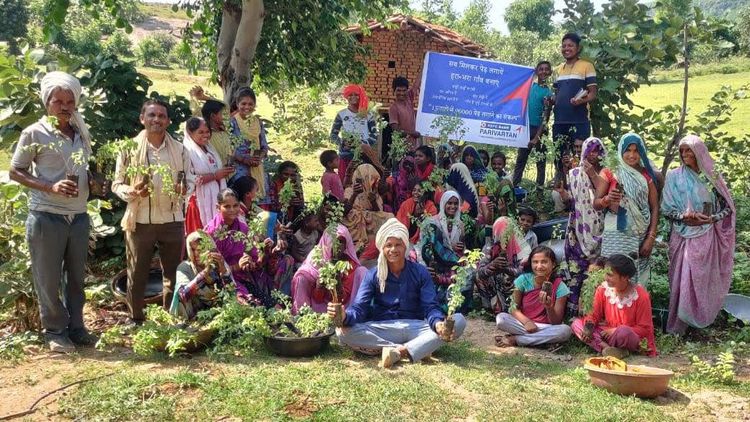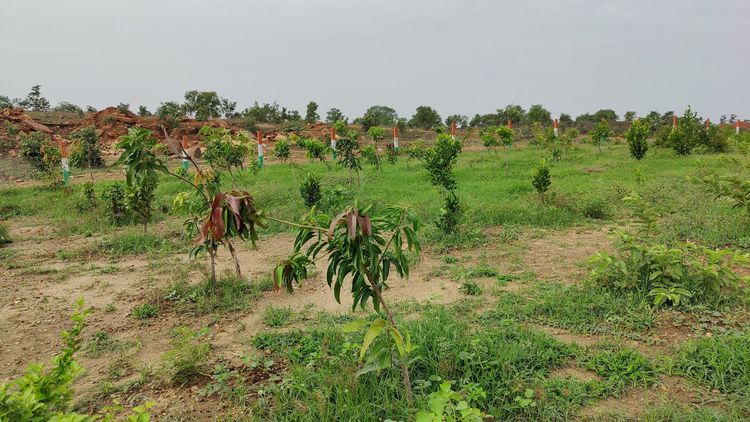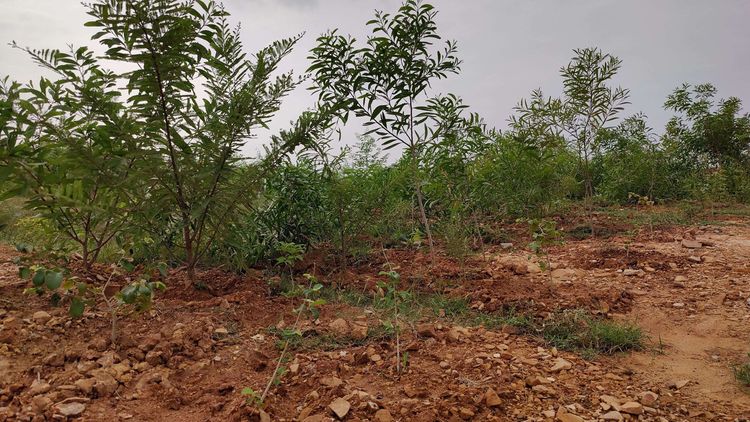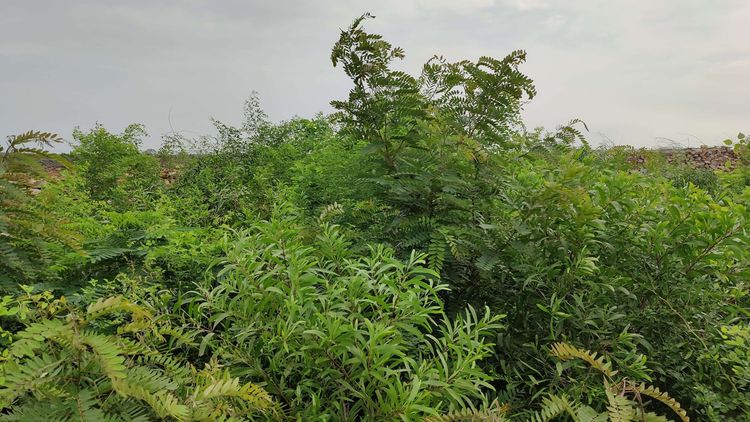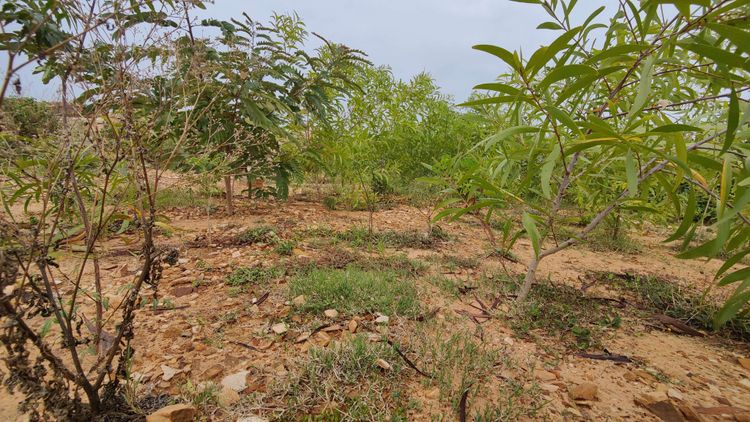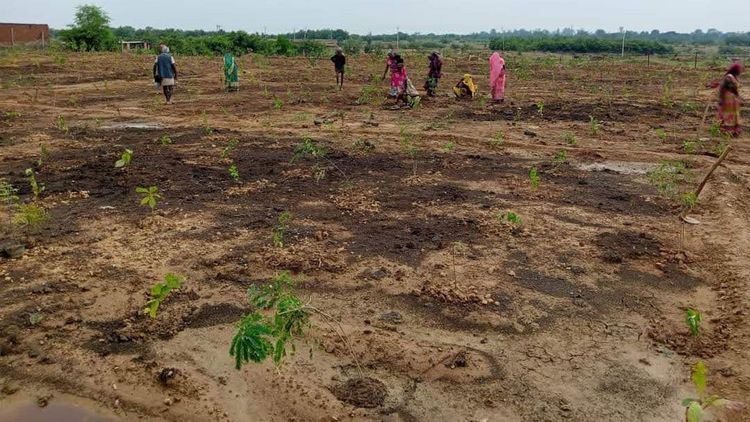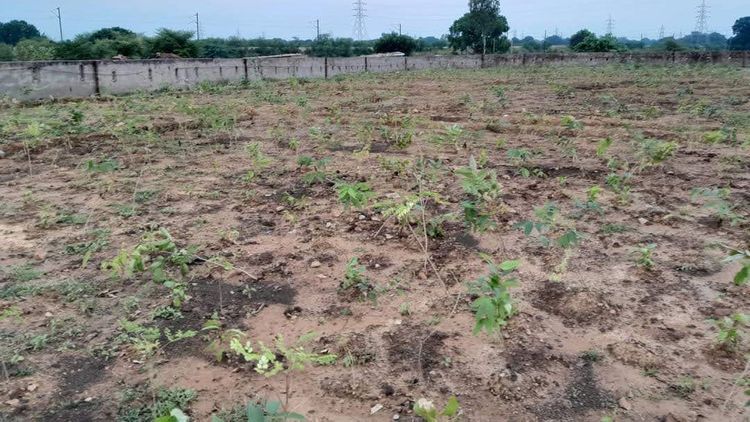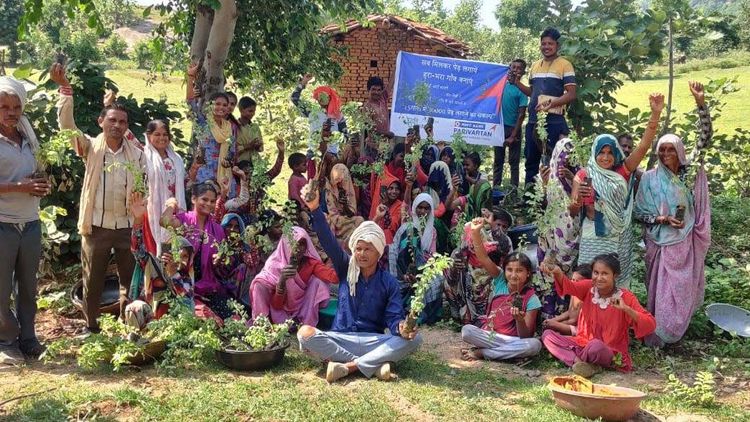- +91-9453-111-377
- contact@ashokseedplant.com
506, Ashok Chauraha, Bargarh Chitrakoot UP-210208

Apple Tree Plantation in India
Apple tree cultivation in India requires careful consideration of climate, soil conditions, and variety selection. While traditionally associated with temperate regions, certain parts of India with suitable climates, such as the Himalayan foothills, Himachal Pradesh, Jammu and Kashmir, and parts of Uttarakhand, have been successfully growing apples. Here's a general guide to apple tree plantation in India:
Climate:
Apple trees require a temperate climate with distinct seasons, including a cold winter period for dormancy and a warm summer for fruit development. They thrive in regions with cool to cold winters (chilling requirement) and moderate summers. In India, the ideal elevation for apple cultivation is typically between 1,500 to 2,500 meters (4,900 to 8,200 feet) above sea level.
Variety Selection:
Choose apple varieties that are well-suited to the local climate and soil conditions. Some popular apple varieties grown in India include Red Delicious, Golden Delicious, Royal Delicious, Granny Smith, and Fuji. Consider factors such as chilling hours required, disease resistance, and market demand when selecting varieties.
Soil:
Apple trees prefer well-drained, loamy soils with good fertility and a slightly acidic to neutral pH (around 6.0 to 7.0). Conduct soil tests to determine nutrient levels and pH, and amend the soil as needed with organic matter or lime.
Site Selection:
Select a site with good air drainage, as stagnant air can lead to frost damage. South-facing slopes are often preferred for apple orchards as they receive ample sunlight and minimize frost risk. Avoid low-lying areas prone to frost pockets and areas with waterlogging.
Planting:
Plant apple trees in late winter or early spring when the trees are dormant. Dig planting holes slightly larger than the root ball and amend the soil with compost or well-rotted manure. Space apple trees according to their expected size at maturity, typically 4 to 6 meters (13 to 20 feet) apart in rows.

By following these guidelines and adapting them to local conditions, apple tree plantation in India can be successful, leading to a rewarding harvest of flavorful and nutritious fruits.
Our Completed Miyawaki Projects


Our Efforts


